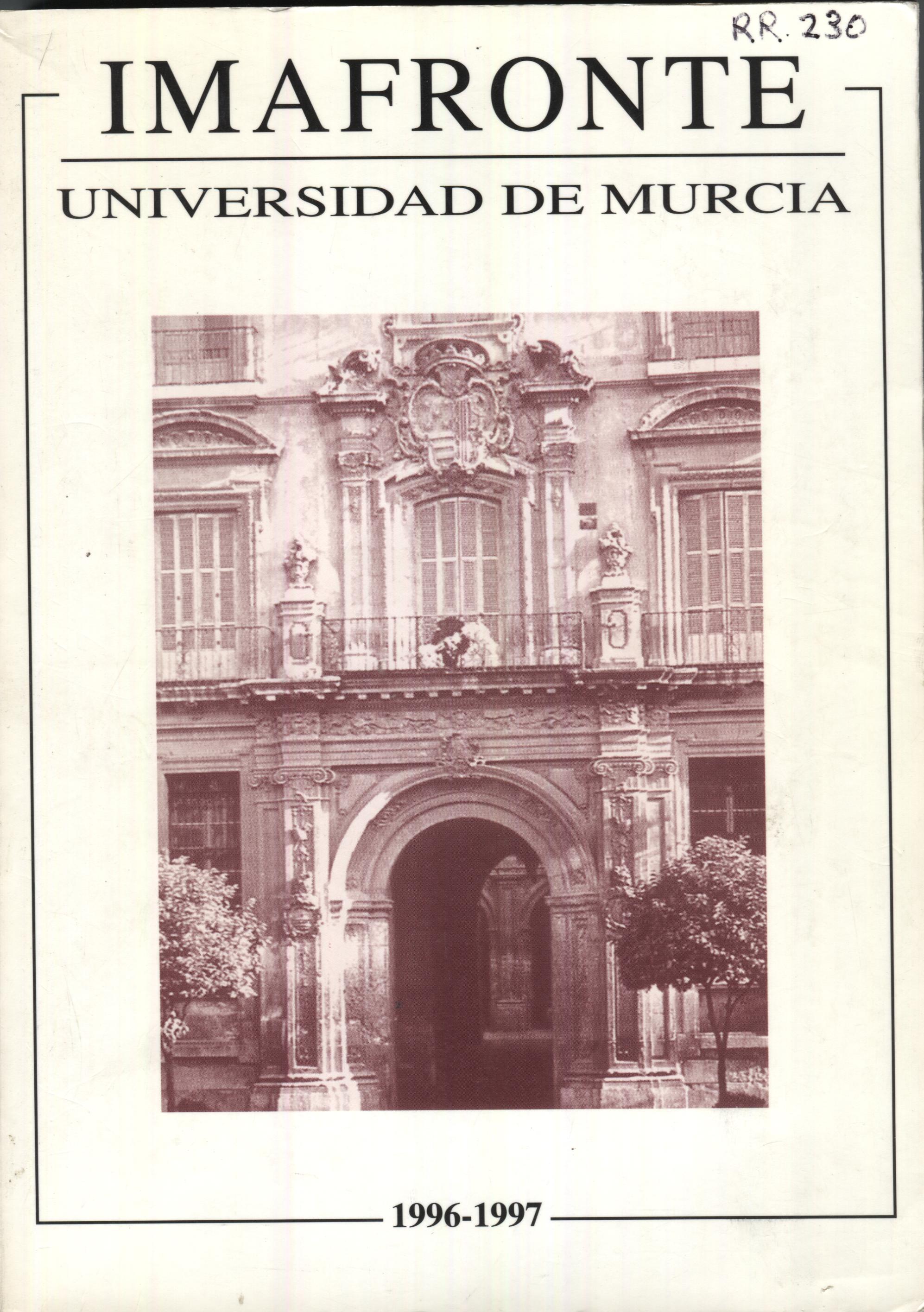LA SIMETRÍA EN EL ARTE: LA LÓGICA DEL ESQUEMA
Resumen
In the evolution of mankind , the symmetrical structure arises as a necessity to put order into chaos. The vertical line progressively assirmes the role of referential axis around which ist is possible to order the difrerent elements, with the aim to define coherent groups. Behind its facile appearance, the symmetrical structure has ofrered art, and more specifically religious art, the possibility to express the concepts of importante and hierarchy, using the topographical values of the picture. Symmetry, closely connected to the concept of harmony, is likewise structured around unity and variety, both in suficient proportion to suggest the sensation of coherente without losing an inferest in re-discovery. Moreover when a didactic function is the prime objective. Religious Art has over the centuries sought. throught he use of the symmetrical scheme, the visual manifestation of fhe supernatural dimension, beyond the frontier of the merely everyday, product in occasions of coincidence and sometimes of chance. Concepts thar are clearly remove, from the essence.Descargas
-
Resumen945
-
PDF1665
Las obras que se publican en esta revista están sujetas a los siguientes términos:
1. Los autores ceden de forma no exclusiva a la revista los derechos de explotación (reproducción, distribución, comunicación y transformación).
2. Las obras que se publican en esta revista están sujetas a la licencia Attribution-ShareAlike 4.0 International (CC By SA 4.0). Por lo que se pueden copiar, usar, difundir, transmitir y exponer públicamente, siempre que:
i) se cite la autoría y la fuente original de su publicación (revista, editorial y URL de la obra), permitiendo así su reconocimiento.
ii) se permite remezclar, transfromar o crear a partir del material mientras se mantenga la misma licencia del original.
3. Condiciones de auto-archivo. Se permite y se anima a los autores a difundir electrónicamente las versiones pre-print (versión antes de ser evaluada) y/o post-print (versión evaluada y aceptada para su publicación) de sus obras antes de su publicación, ya que favorece su circulación y difusión más temprana y con ello un posible aumento en su citación y alcance entre la comunidad académica. Color RoMEO: verde.
























